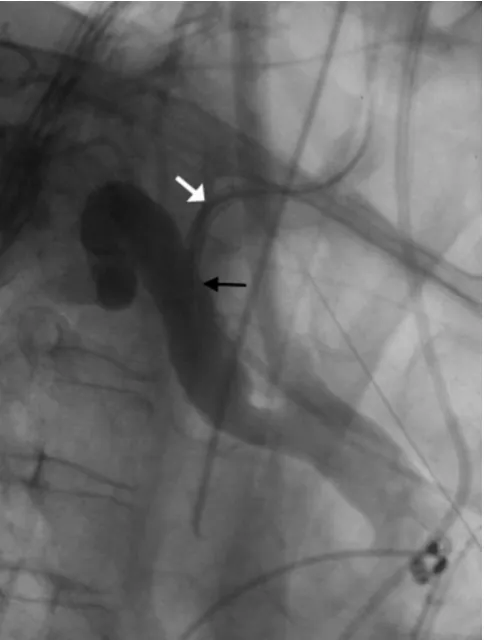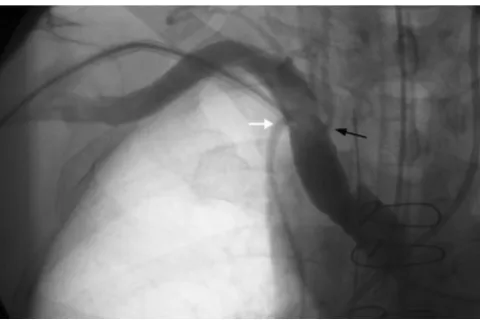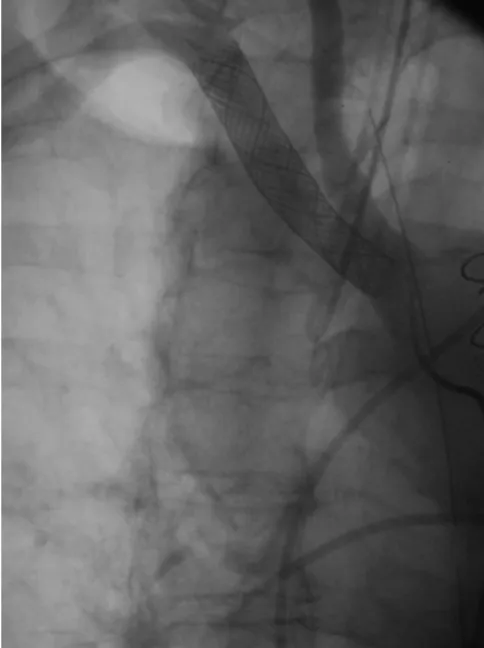Percutaneous subclavian artery stent-graft placement following failed ultrasound guided subclavian venous access
Full text
Figure



Related documents
Second, antitrust enforcers and regulatory agencies such as the Federal Communi- cations Commission (FCC) might make reducing the effects of inequality a high priority in developing
The results exhibited in this study confirm the previous findings in the literature when it comes to the impact of wealth on performance, but contrary to some studies, size of
The lack of privacy protection for individuals navigating smart cities can be addressed by adopting a set of fundamental privacy provisions. We argue for five key policy
sification on 80 standalone accelerometer chips, 25 Android phones, and 2 tablets,.. show precision and recall upward of 96%, along with good robustness
The purpose of the current study was to examine the production of extracellular enzymes of these four white-rot fungi grown on three types of low-cost media containing
High heritability coupled with high genetic advance as per cent of mean was observed for number of leaves per plant, leaf weight and crude protein content and these characters
CI: confidence interval; CLN: current nodal classification; HR: hazard ratio; NSCLC: non-small cell lung cancer; NLN: new classification based on the number of metastatic lymph
In the seeds of Harmony breed catalase activity increases in 1,5–1,8 times during the infection by bacteriosis, peronosporosis and fusarium and remains at the level of healthy